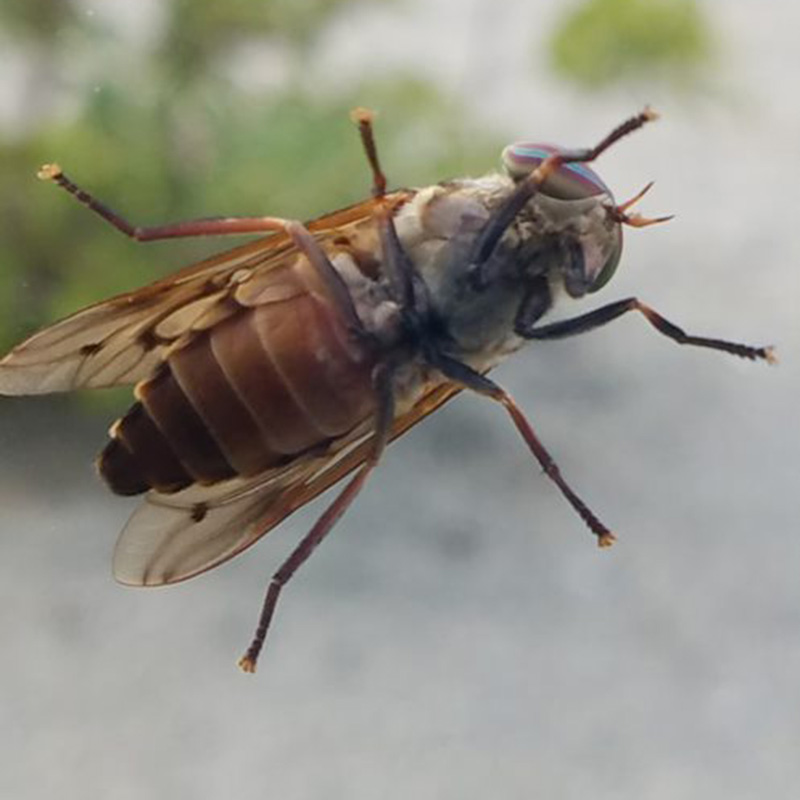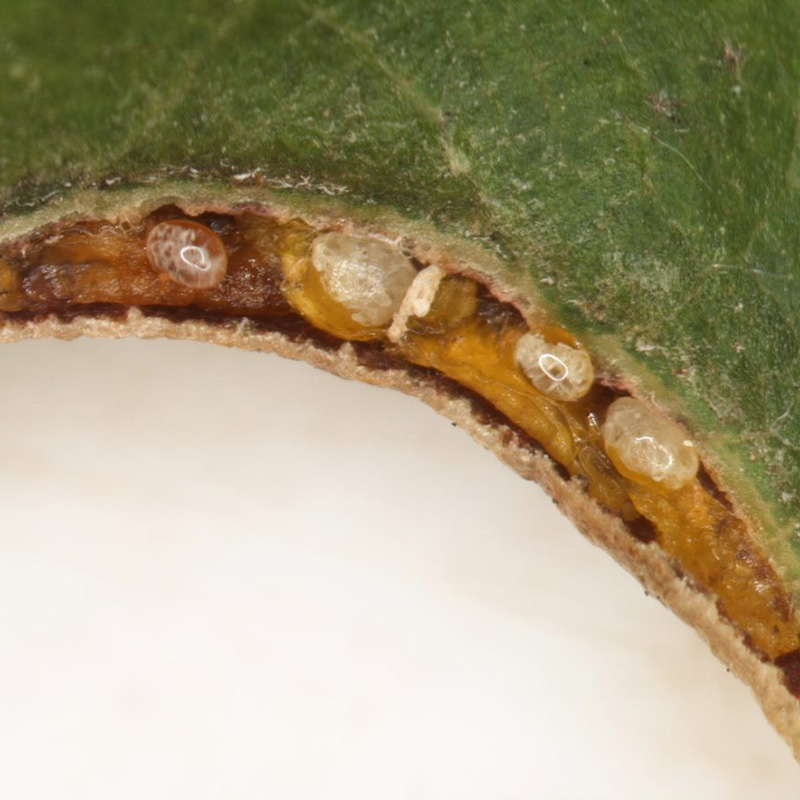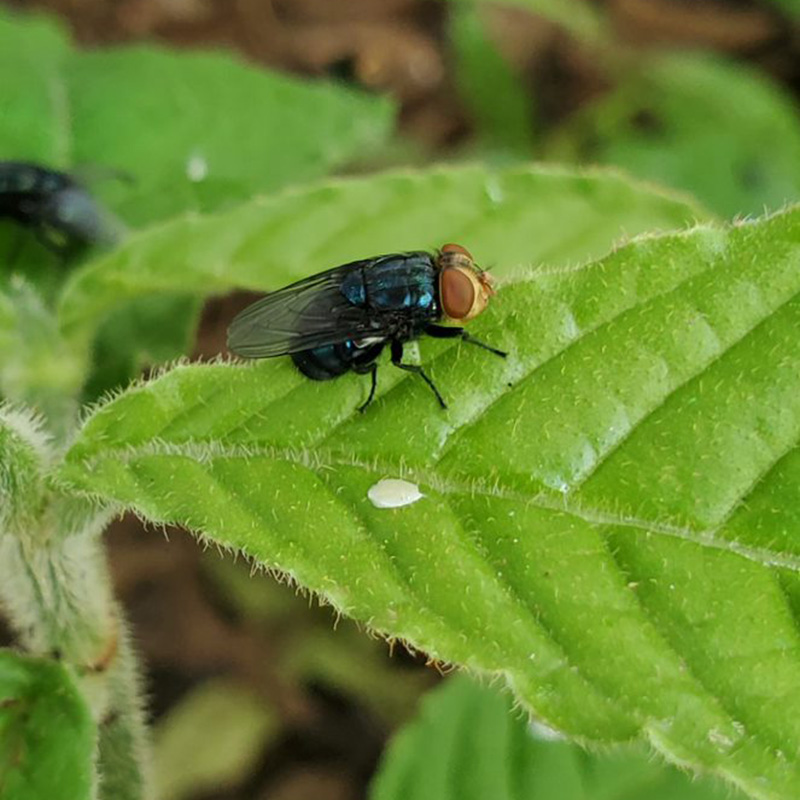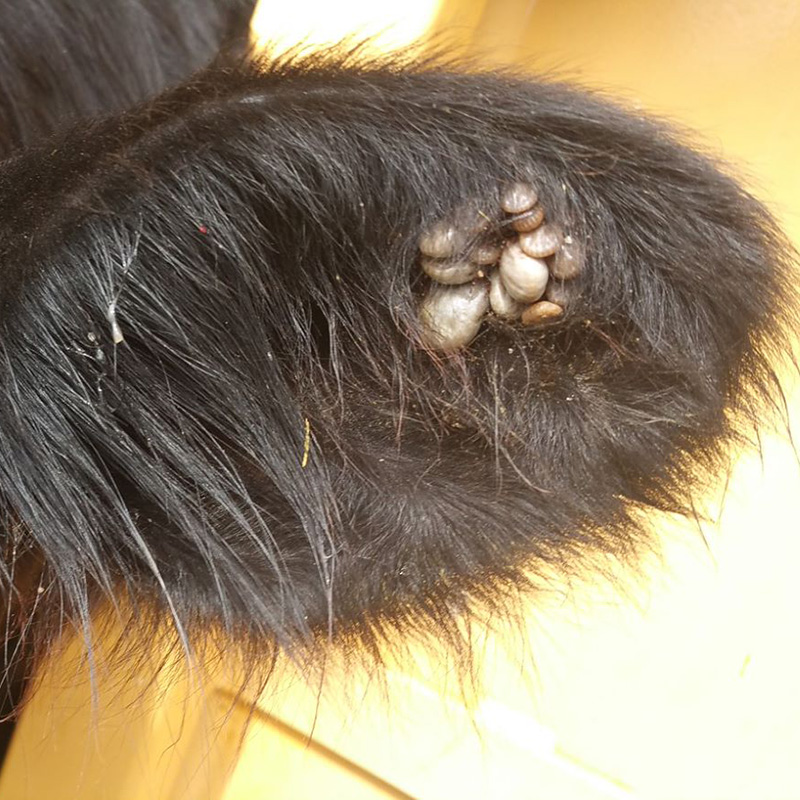Livestock Entomology
Our Mission
The OSU Extension Livestock Entomology Program develops and conducts extension and
applied research programs to inform livestock producers of the best management practices
of ticks, flies, lice and other parasites of cattle, horses, sheep and goats, poultry,
and swine.
Livestock Entomology GalleryView examples of livestock pests in the gallery below.
Ask OSU Livestock Entomology Experts a Question
Use the form below to submit a question to our experts, responses usually take a few days. Make sure to select Oklahoma and your county.






